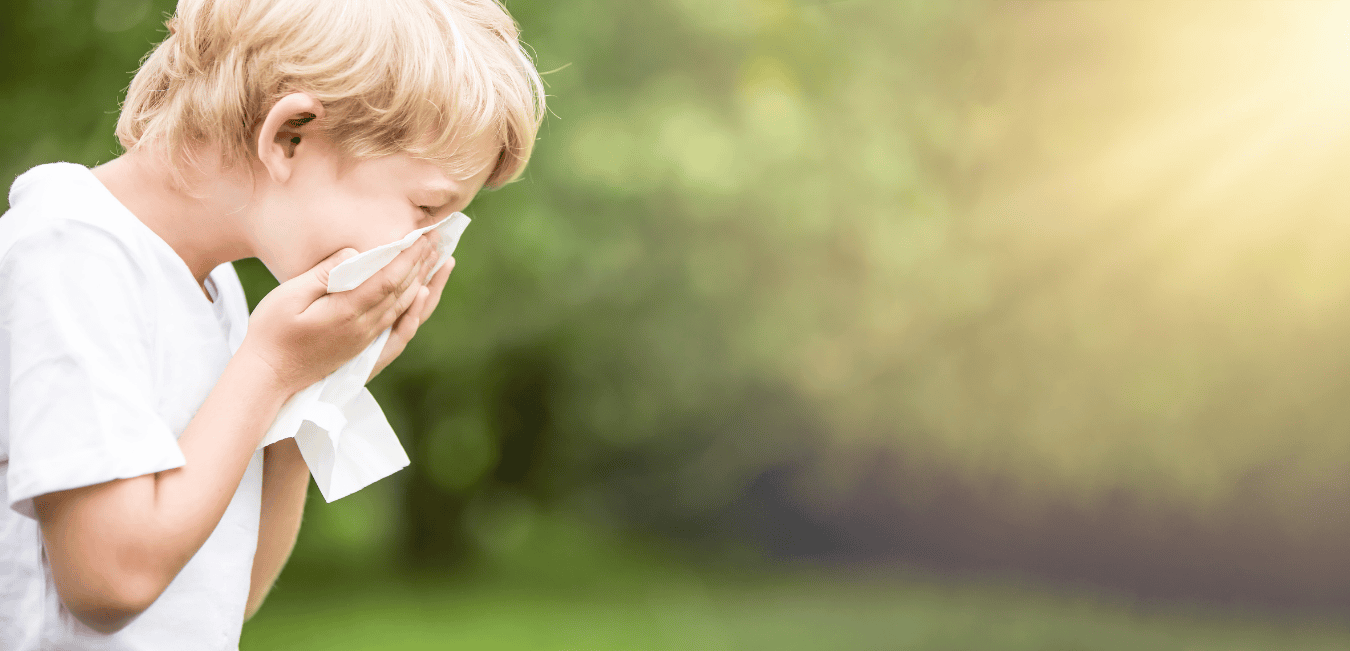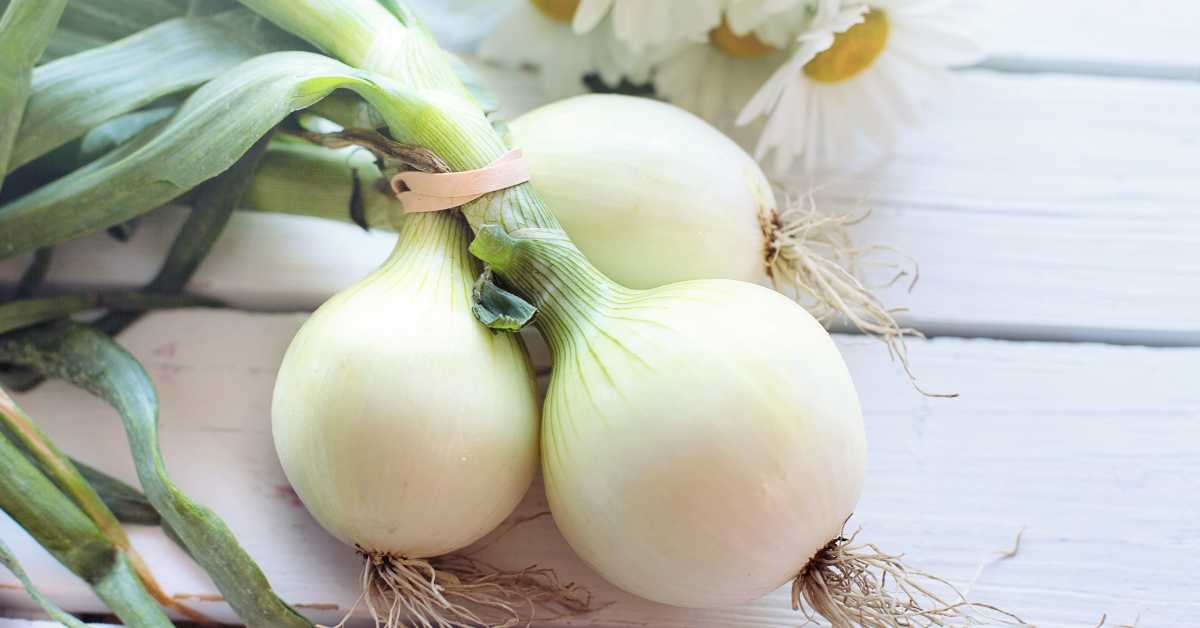Coughing is a natural reflex that helps protect the respiratory tract from things that could block the airways or irritate the respiratory passages. Coughing is usually helpful! However, problems arise when:
- Coughing interferes with sleep, which is essential for healing.
- Coughing causes exhaustion.
- Coughing leads to vomiting.
- Coughing is ineffective at clearing the airways.
- Coughing persists due to lingering irritation.
Natural treatments for coughs soothe irritated lungs, thin mucus secretions, expel mucus from the lungs, reduce spasms, and treat the root cause.
Herbal Remedies For Cough
Herbal remedies are the cornerstone of natural treatment for coughs. Look for a remedy that contains a synergistic blend of herbs that help thin and move mucus out of the lungs while reducing spastic coughs. Some helpful herbs are listed below.
- Mullein Leaf is one of the best lung herbs. It helps moisten and soothe dry tissues while thinning mucus and strengthening the lungs. Mullein opens the airways and relieves lung pain. It is anti-inflammatory and infection-fighting!
- Lovage Root (aka Osha) is well known for its ability to open airways. It is useful for loosening and expelling phlegm from the lungs and for its immune-boosting and bacteria-fighting properties.
- Yerba Santa Leaf makes coughs more effective at clearing mucus from the lungs.
- Licorice Root soothes irritated and inflamed airways, thins mucus, and fights infections.
- Pleurisy Root is a classic remedy for children’s coughs, especially when they are exhausting or start to move more deeply into the lungs. It helps break up thick mucus and reduce spastic cough.
- Lobelia Herb relaxes muscles around the lungs making it easier to take a deep breath. It also reduces spastic coughs.
- Wild Cherry is another great herb for relaxing spastic coughs, thinning hardened mucus, and reducing irritation.
Chest Rubs
Chest rubs are great for delivering medicines that reduce pain, relax the muscles around the lungs, and open airways so that people can find some relief. Vicks Vaporub is a classic from my childhood that I didn’t know was made from natural ingredients until I became a doctor. The ingredients include camphor, eucalyptus, menthol, cedar leaf oil, nutmeg oil, thymol, and turpentine*. Unfortunately, Vicks has a petroleum base, so I usually recommend a healthier non-petroleum alternative if it’s accessible. I like Henry’s Homestead Chest Rub for kids over 2 years of age and Zarbee’s for babies over 2 months. In the past, I’ve also made my own chest rubs using lavender and eucalyptus essential oils, carrier oils, and beeswax.
*Turpentine is made from pine resin and is included in Vicks Vapo rub for its fragrance. I don’t include it in my homemade recipe because it can be harsh and irritating.
Herbal Steam Inhalation
Herbal steams are a great addition to cough treatments when the airways are dry and irritated and there is a lot of congestion.
When doing a steam inhalation for adults, I usually have them make a little tent by putting a towel over their head, then leaning forward over the steaming bowl of herbs and water to breathe in the steam. Because this creates a burn hazard for small children, I still have them make a tent over their heads and the bowls, but I usually have them sitting upright and away from hot surfaces. They need to have a parent right next to them during the entire treatment. A shower steam is a safer and easier alternative for little ones.
There are various herbs that can be used for herbal steams. Some options include spearmint, peppermint, lavender, thyme, chamomile, rosemary, cinnamon, pine needles, and fir needles. See this article for more details: Botanical Steam Inhalation To Reduce Congestion & Soothe Coughs – Dr. Green Mom.
Dietary Considerations For Treating Coughs
When dealing with a cough, the most important diet change is to reduce the amount of mucus-forming foods consumed. Mucus-forming (and/or mucus-thickening) foods include sugar, dairy, soy, caffeine, alcohol, and refined grains.
Foods that help break down and thin mucus include ginger, elderberry, honey, onions, garlic, cayenne pepper, pineapple, warming herbs, and broth. I also have a recipe for healing chicken soup.
Immune Supporting Nutrients
When kids are sick, I always bump up the nutrients that they are getting. In addition to the baseline level of nutrients that they should be receiving from a healthy diet and multivitamin, I add vitamins A, C, D, and zinc.
When combining nutrient-containing supplements, it is important to keep combined dosages in mind. While this is rarely an issue for short term treatment (1-2 weeks), it is wise to be aware of it. In my practice, I often use high-dose nutrient supplementation in the short term to help resolve infections as quickly as possible. An integrative physician can provide you with individualized advice.
Summary
Coughs do an important job of ridding our bodies of waste when we’re fighting infections. Treatment helps to thin mucus and support the lungs in expelling it efficiently while calming excess irritation and spasm. Root cause treatment involves dealing with the infection that’s causing the cough and/or removing inhaled irritants. Supportive treatments like chest rubs and steam inhalations provide comfort so that optimal healing and rest are possible.
References:
León, A., Toscano, R. A., Tortoriello, J., & Delgado, G. (2011). Phthalides and other constituents from Ligusticum porteri; sedative and spasmolytic activities of some natural products and derivatives. Natural product research, 25(13), 1234–1242. https://doi.org/10.1080/14786419.2010.534735
Gupta, A., Atkinson, A. N., Pandey, A. K., & Bishayee, A. (2022). Health-promoting and disease-mitigating potential of Verbascum thapsus L. (common mullein): A review. Phytotherapy research : PTR, 36(4), 1507–1522. https://doi.org/10.1002/ptr.7393
Blanco-Salas, J., Hortigón-Vinagre, M. P., Morales-Jadán, D., & Ruiz-Téllez, T. (2021). Searching for Scientific Explanations for the Uses of Spanish Folk Medicine: A Review on the Case of Mullein (Verbascum, Scrophulariaceae). Biology, 10(7), 618. https://doi.org/10.3390/biology10070618
Rathinasabapathy, T., Sakthivel, L. P., & Komarnytsky, S. (2022). Plant-Based Support of Respiratory Health during Viral Outbreaks. Journal of agricultural and food chemistry, 70(7), 2064–2076. https://doi.org/10.1021/acs.jafc.1c06227
McCutcheon, A. R., Roberts, T. E., Gibbons, E., Ellis, S. M., Babiuk, L. A., Hancock, R. E., & Towers, G. H. (1995). Antiviral screening of British Columbian medicinal plants. Journal of ethnopharmacology, 49(2), 101–110. https://doi.org/10.1016/0378-8741(95)90037-3
Fiore, C., Eisenhut, M., Krausse, R., Ragazzi, E., Pellati, D., Armanini, D., & Bielenberg, J. (2008). Antiviral effects of Glycyrrhiza species. Phytotherapy research : PTR, 22(2), 141–148. https://doi.org/10.1002/ptr.2295
Feng Yeh, C., Wang, K. C., Chiang, L. C., Shieh, D. E., Yen, M. H., & San Chang, J. (2013). Water extract of licorice had anti-viral activity against human respiratory syncytial virus in human respiratory tract cell lines. Journal of ethnopharmacology, 148(2), 466–473. https://doi.org/10.1016/j.jep.2013.04.040
Zheng, Q., Wang, Y., & Zhang, S. (2021). Beyond Alkaloids: Novel Bioactive Natural Products From Lobelia Species. Frontiers in pharmacology, 12, 638210. https://doi.org/10.3389/fphar.2021.638210
Miao, M., Peng, M., Liu, B., & Bai, M. (2019). Effects of compound lobelia oral liquid on acute pharyngitis rabbits model. Saudi journal of biological sciences, 26(4), 816–820. https://doi.org/10.1016/j.sjbs.2019.02.008
Lockwood T. T. (1848). Asclepias Tuberosa, Butter-Fly-Weed, Milk Weed, Pleurisy Root, White Root. The Buffalo medical journal and monthly review of medical and surgical science, 3(10), 600–602.
Bera, K., Nosalova, G., Sivova, V., & Ray, B. (2016). Structural Elements and Cough Suppressing Activity of Polysaccharides from Zingiber officinale Rhizome. Phytotherapy research : PTR, 30(1), 105–111. https://doi.org/10.1002/ptr.5508
Telichowska, A., Kobus-Cisowska, J., & Szulc, P. (2020). Phytopharmacological Possibilities of Bird Cherry Prunus padus L. and Prunus serotina L. Species and Their Bioactive Phytochemicals. Nutrients, 12(7), 1966. https://doi.org/10.3390/nu12071966
Wood, M. (2011). The Earthwise Herbal, Volume I: A Complete Guide to Old World Medicinal Plants. United States: North Atlantic Books.
Wood, M. (2009). The Earthwise Herbal, Volume II: A Complete Guide to New World Medicinal Plants. United States: North Atlantic Books.
Hoffmann, D. (2003). Medical Herbalism: The Science and Practice of Herbal Medicine. United States: Inner Traditions/Bear.








